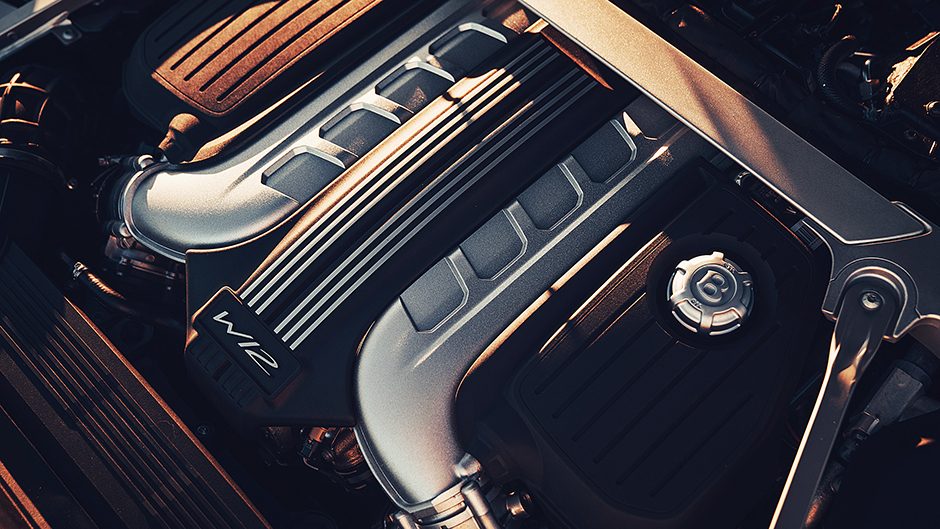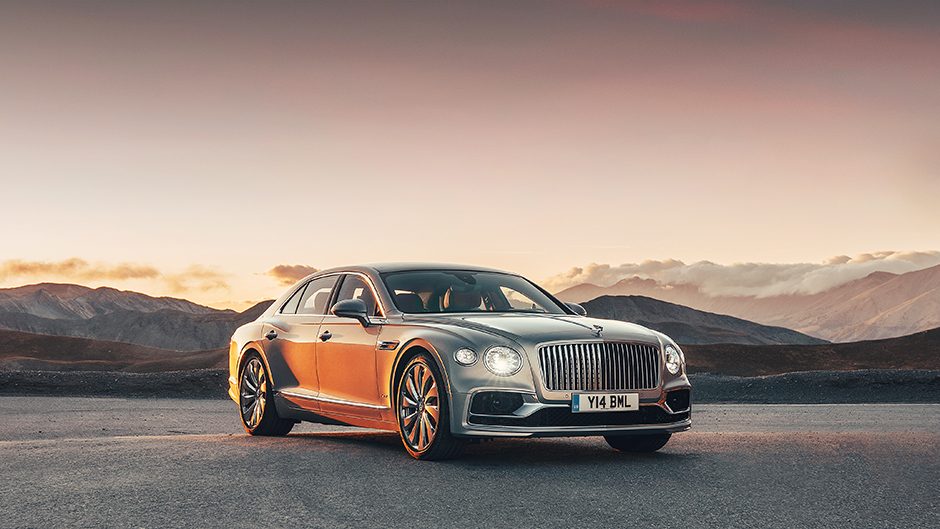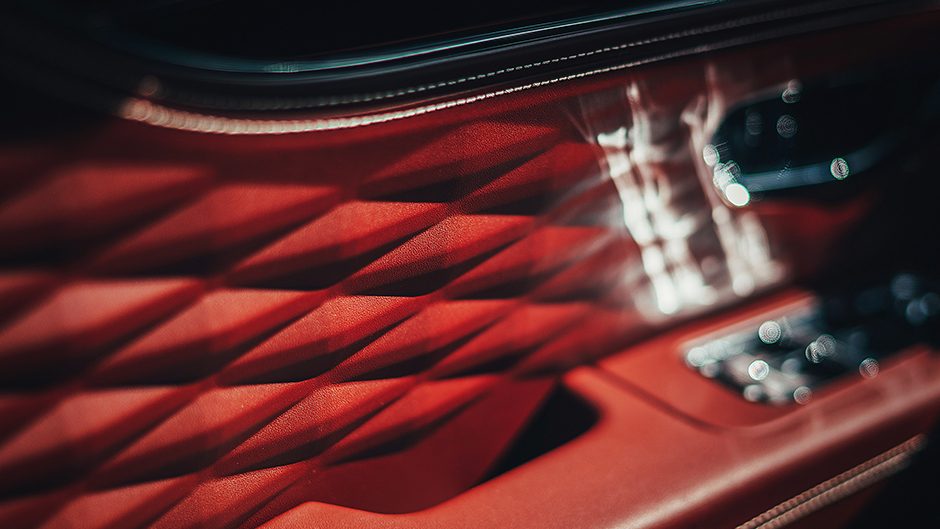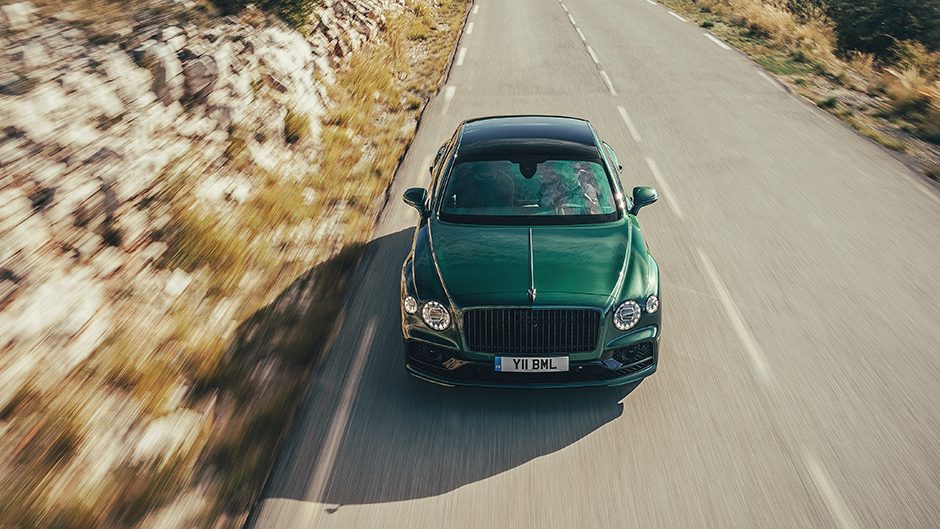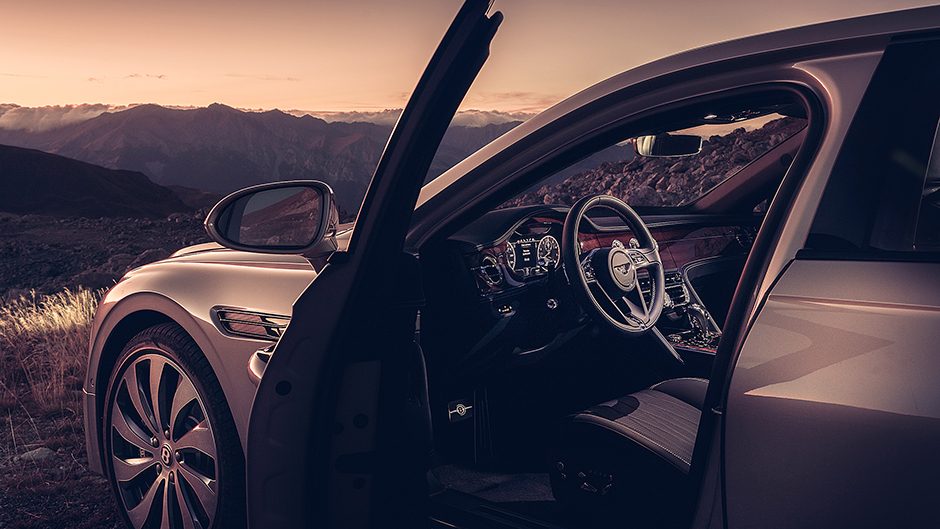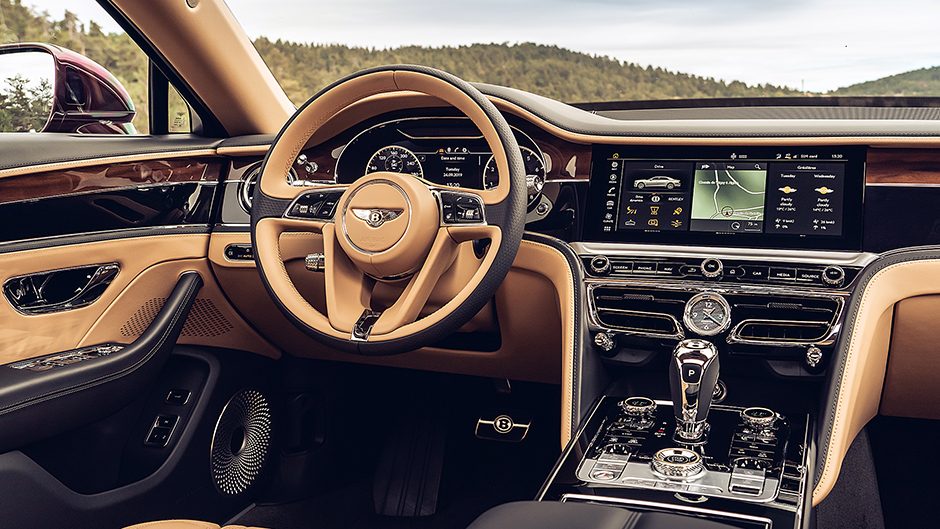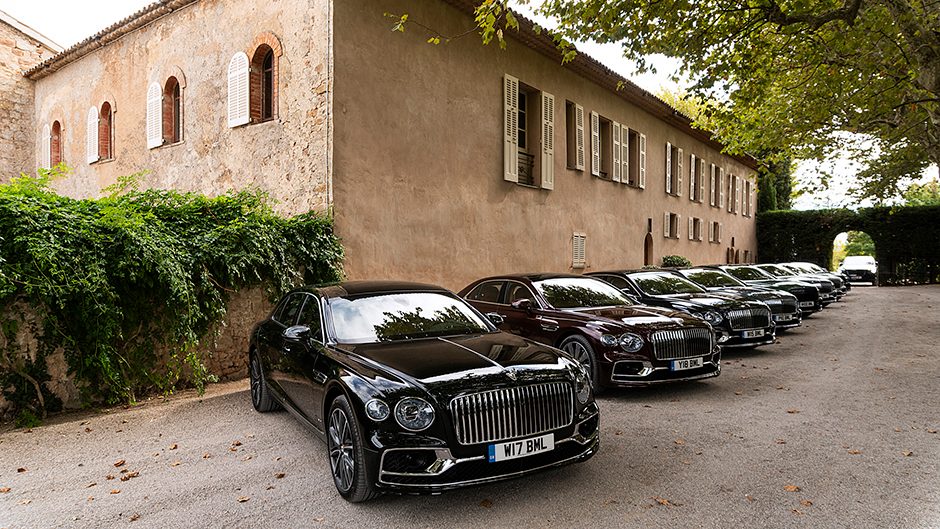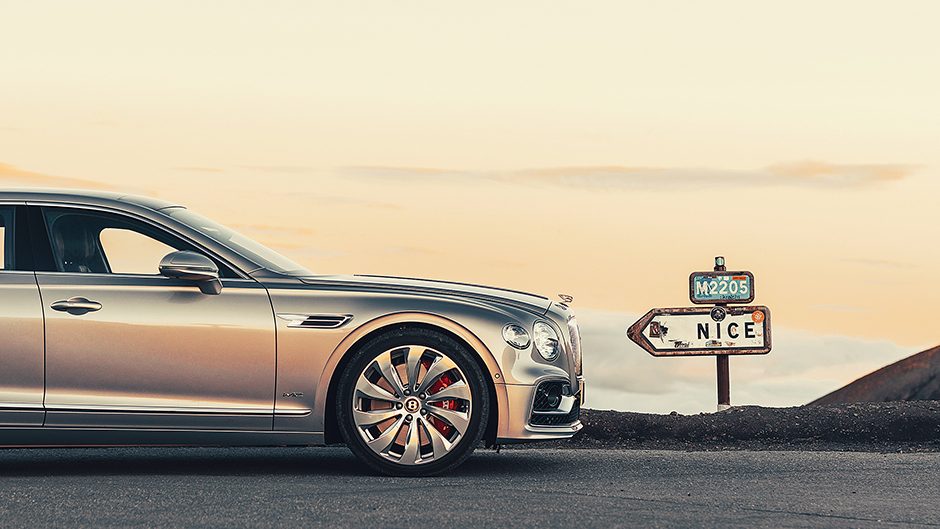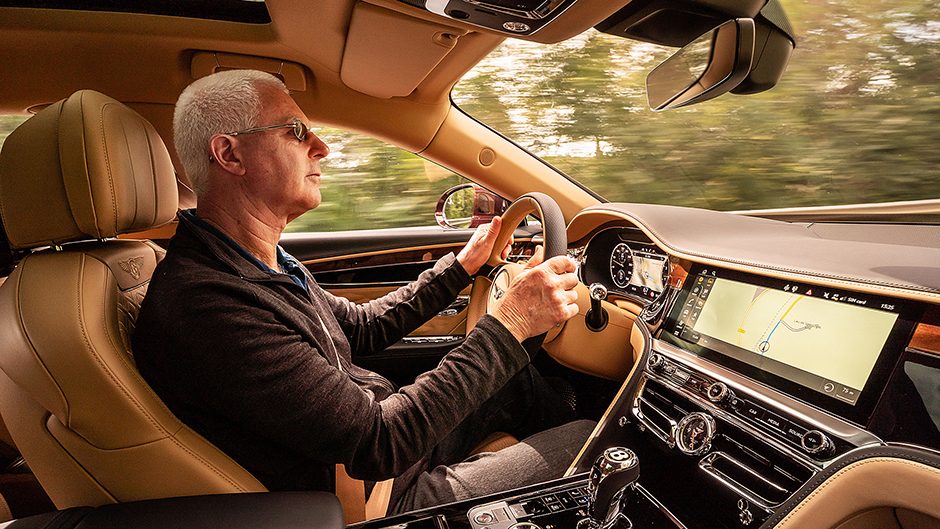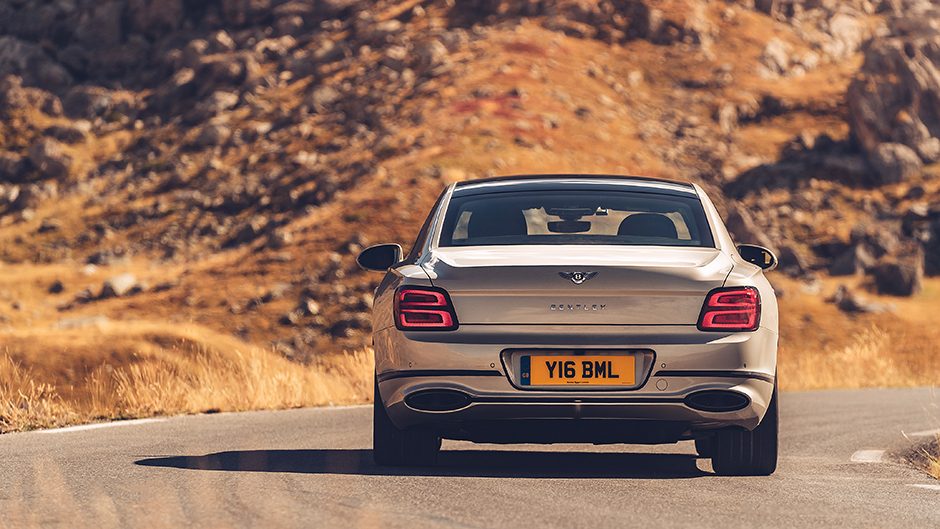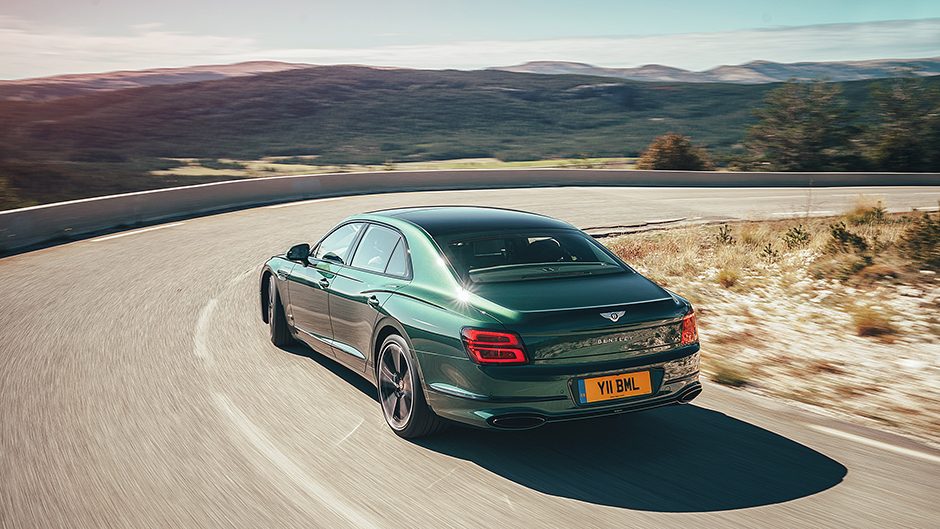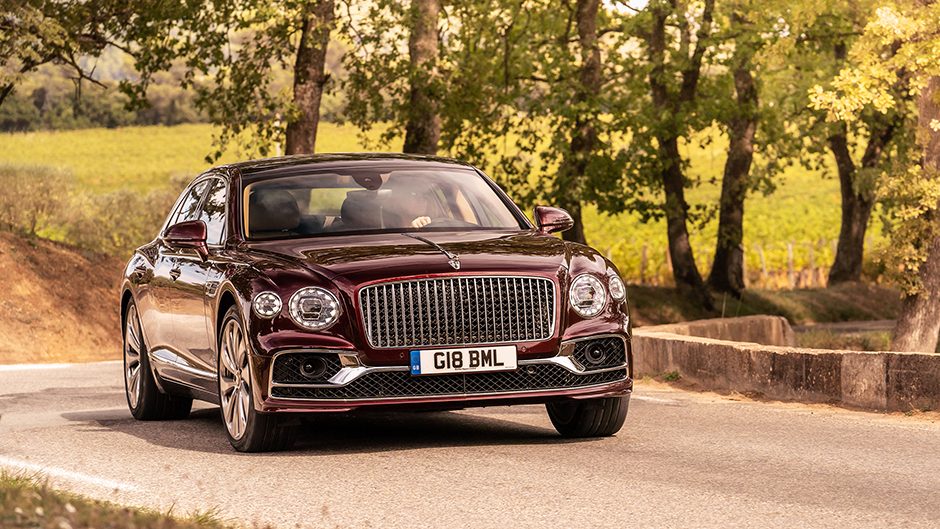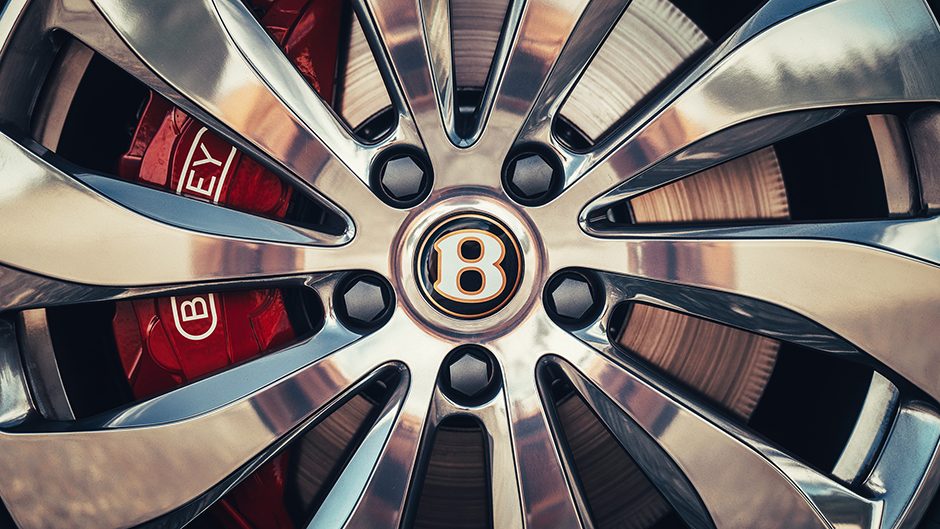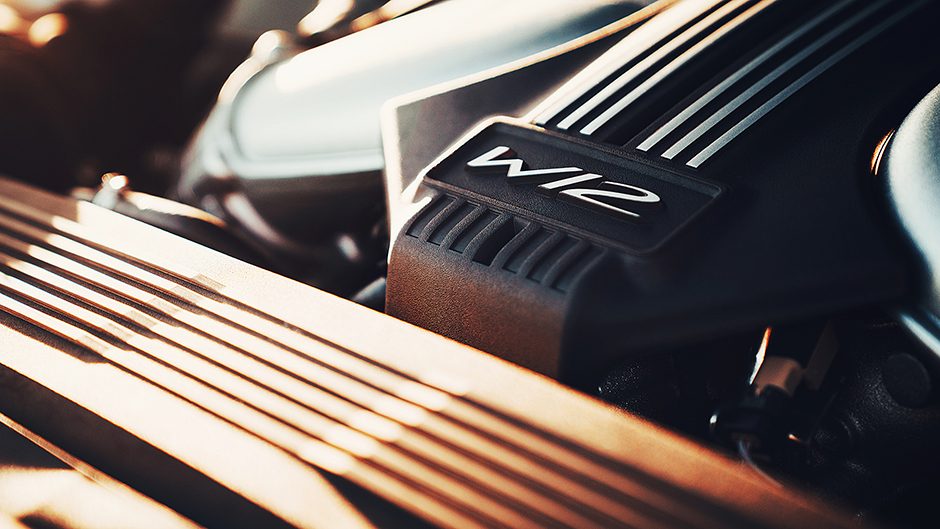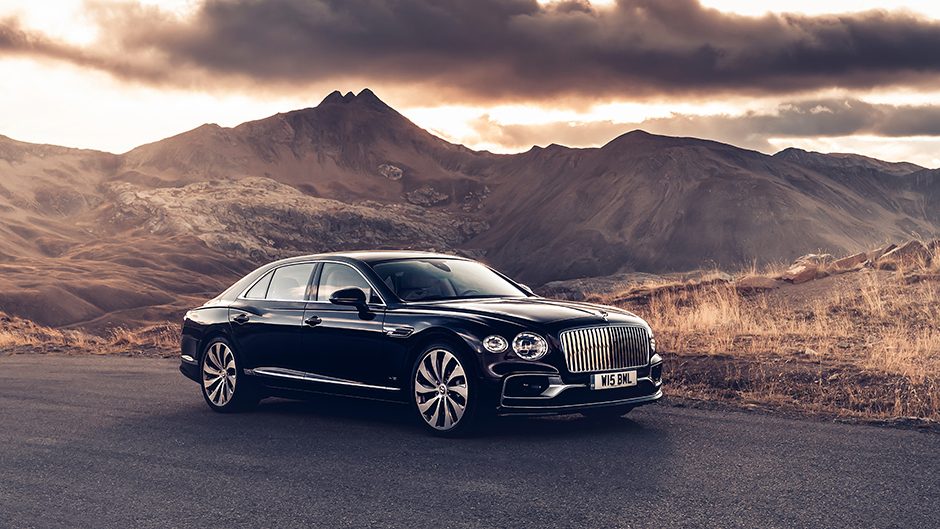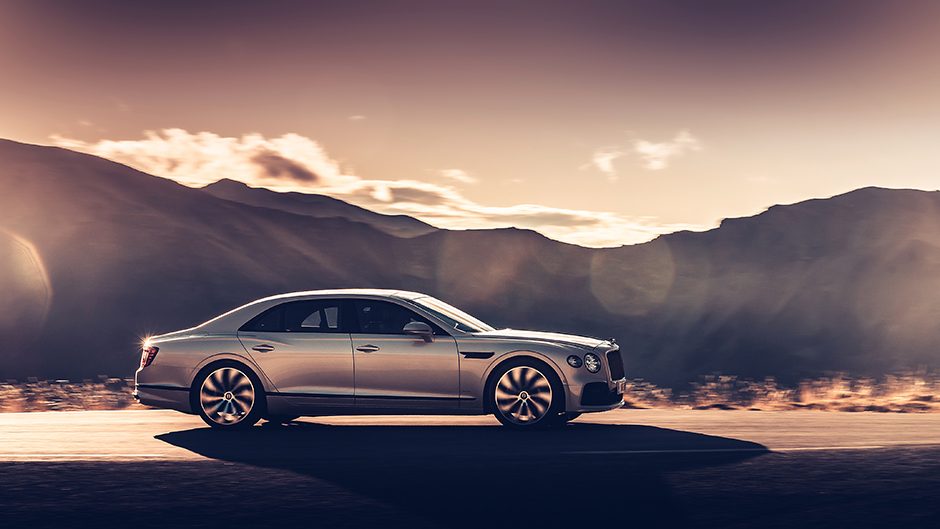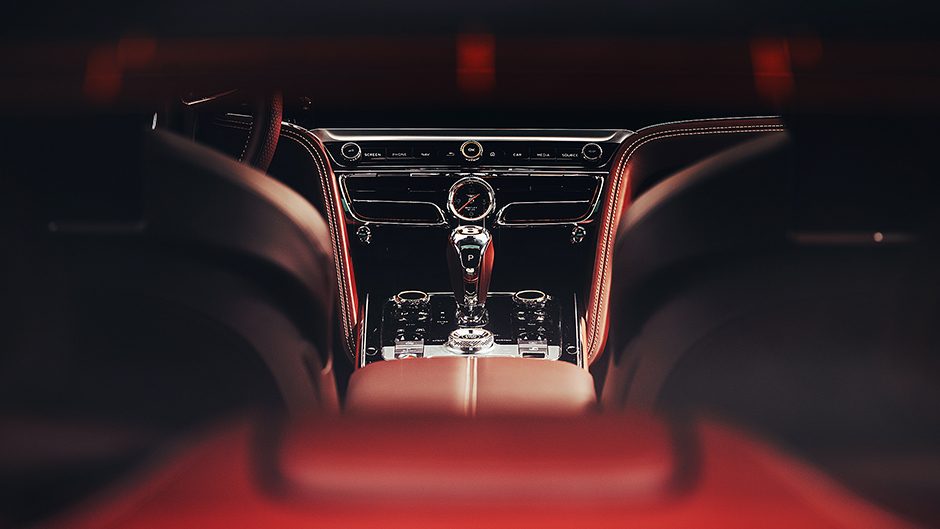2019 Bentley Flying Spur review
Words Peter Louisson | Photos Tom Gasnier
Grand touring four-door style by Bentley just got a dose of extraordinary with the release of the third-generation flying spur. We jet to Monaco for a test drive in the foothills of the alps
There’s nothing quite so informative in the car world as comparing like with like, even if the intervening period between driving the pair is months rather than minutes. In this case we’re talking two of Bentley’s most significant recent releases, the brand spankers third-gen Flying Spur and the Continental GT.
The former, the latest addition to Bentley’s exclusive line-up, is a car the company describes as “the world’s most advanced luxury Grand Touring sedan”. That sounded like juxtaposed hyperbole to us, but that was before the drive. In a nutshell, the new Flying Spur is essentially a four-door saloon version of the Continental GT. That’s perhaps rather too simplistic but beneath the clearly different body shell is the same basic MSB multimetal platform, the wheelbase stretched some 130mm to accommodate rear seat passengers rather better (out to 3194mm).
Overall external dimensions barely change versus its predecessor, except length which extends by 18mm. The stretch in wheelbase relates to the front axle being pushed forward by 130mm so the engine moves into more of a front-midships position, conferring a weight split closer to 50:50 compared with 55/45 for the Conti GT. On other similarities, the powertrain is the same as that in the Coupe, the W12 biturbo unit featuring displacement on demand and producing the same output of 467kW and 900Nm. Both are mated to an eight-speed double-clutch transmission, recalibrated in the Flying Spur, more for a soothing slur.
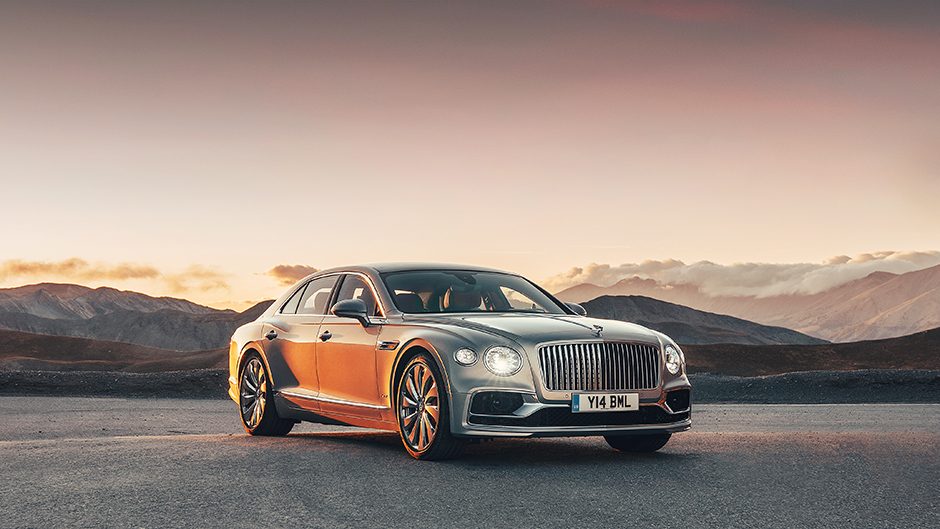
Being a couple of hundred kaygees heavier than the Conti GT, the claim for the sprint time to 100km/h Flying Spur is 3.8sec vs 3.7sec for the 2+2. And on a relatively ordinary piece of flat road in Province, we missed that mark by a whisker, one one-hundredth of a second, recording a best of 3.81sec. Close enough for a cigar then because never before has a Flying Spur beaten a sprint time of four seconds. Like the Conti GT, it borders on being stupid quick given its dramatic size.
The car is 5.3m long and 2.2 wide at the mirrors and weighs 2.45 tonnes. That it can manage an overtake two-up in under 2.3sec is mind boggling. And on that dramatic note, it’s appropriate to discuss styling changes because, like the GT, this takes on a whole new bold-as-brass physical persona in its third generation.
It looks more hunkered than before, almost brutal, with its exaggerated wheel arches, and sharp power lines, bestowed by aluminium superforming techniques. Between the dramatically bejewelled full matrix LED headlights, surrounded by cut-crystal effect adornments that sparkle in the sunlight, there’s an imposingly large grille. Vertical slats hark back to the original 1950s model. The grille outline is chromed or blackened, your choice. The latter is part of the Blackline edition where all the brightwork turns nightwork, imparting an even sportier appearance.
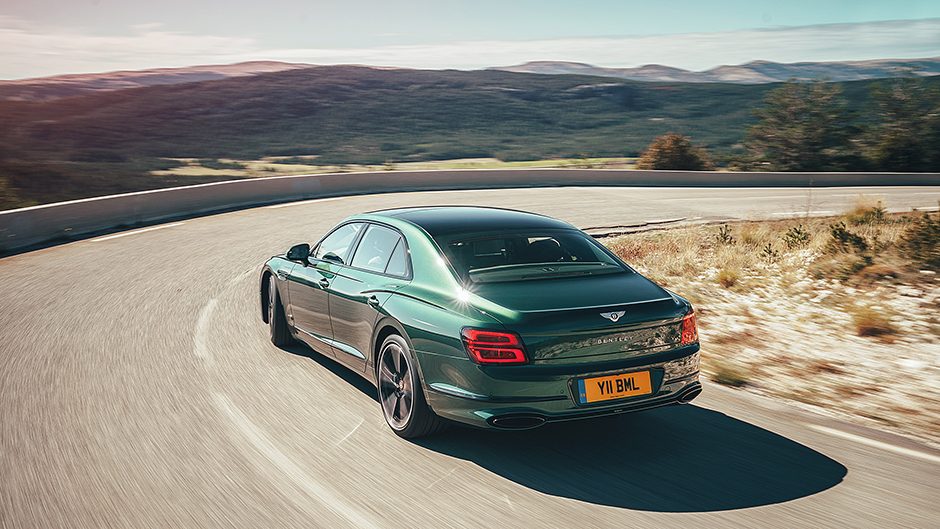
Like the new Conti GT, this is physically bang up to date, with an equal measure of limousine and GT cues. And the on-road demeanour is precisely that, also reflecting a new-found dynamic confidence. From being purely a luxury liner, albeit a quick one, this is now much more versatile. Easing along in the Comfort mode, it rivals top luxury car models for refinement and comfort, the engine almost inaudible, speed bumps hammered flat by the three-chamber air suspension.
But leaving the confines of the suburbs, and choosing the overseeing Bentley mode or Sport for the most challenging tracks, and this morphs into a proper grand tourer, albeit a large one, dealing to sinuous roads like a much more compact vehicle might, and with genuine sporting intent. The changes come at the mere push of a button. There’s never quite the aural drama of the Conti GT, even in Sport mode with the active exhaust valves open, but nor are you in doubt there’s a 12-cylinder engine up ahead, breathing dragon-like with its dual twin-scroll turbos ramping the torque. Even in the lower registers, from 2000rpm onwards, this offers relentless surge. Hit the afterburners at 3000rpm and there’s acceleration that exhilarates, right to the 6000rpm redline.
Feeling frisky? This obliges. It’s worthwhile stopping on a quiet stretch of road, selecting Sport Launch mode, where the engine dials up 4000rpm while stopped up on the brake, and then releasing the hounds. It erupts away from standstill, the AWD system ensuring perfect grip off the line, sending up to 17 per cent north in the top performance mode. A few blinks and a powershift later sees 100km/h register. Hold the foot flat and it will, we’re advised, careen through 300 en route to a top speed of 333km/h.
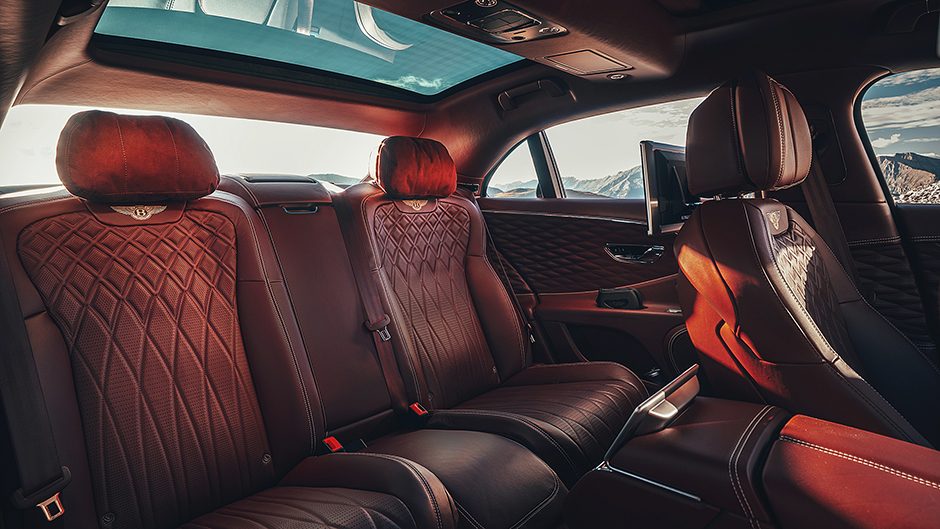
At times on short straights when it’s pulling from 4500-6000rpm, this can seem scarily quick, all the more so given its size and weight. Handy then that it comes with the same outrageous stoppers as the Conti GT, its 420mm rotors amongst the biggest in the business. From cold the pedal feels wooden but as the brakes warm they come alive, the merest brush of the pedal washing away speed. They are the epitome of reassuring, especially on some of the trickier and often narrow mountainous roads like those we plied two centuries after Napoleon escaped from captivity and headed for Grenoble.
But as yet we haven’t touched upon the most surprising aspect of the Flying Spur and that’s the ability of this 5.3m car to shrink around you, feeling more like its Conti GT sib in tight going. Only we think it has even better resolve when push comes to shove. Where the Coupe becomes squirrelly at the grip limits, there’s more grit with the Flyer. And despite its longer wheelbase it’s just as keen to turn and burn as the GT. We attribute this to two things, the slightly better weight balance and the introduction of four-wheel steering for the first time in any Bentley. It’s unlikely to be the last.
Some of the tight mountainous roads we traversed are so narrow you need to pull over to let others by but as the kays accumulate you become accustomed to the size of the Flying Spur and it genuinely feels smaller at the wheel, unlikely as this may seem. There’s a confidence in this, and yet never an artificial feeling of it being steered from the rear. Helping to turn the vehicle is torque vectoring by brake on both axles. The Dynamic sway bars also contribute, keeping the body level, enhancing grip and turn ability. None of these aids draws attention to itself. The car just steers like no 5.3m vehicle has any right to. With this added agility, unlikely as it may seem, we reckon that this would keep the likes of the Conti GT honest in tighter going.
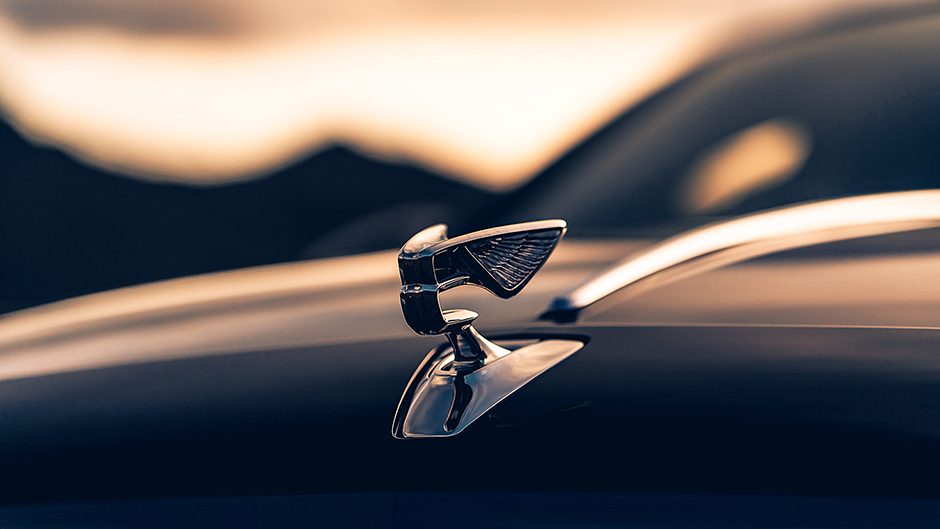
A decade ago you wouldn’t have dreamed of punting a car this size up and down a flexuous track like the Route Napoleon, but the Flying Spur in Sport mode aced this. And then there’s that delectable ride quality that comes as part and parcel of a longer wheelbase, air suspension and adaptive damping. For sinuous roads like the foothills of the Alps, Sport is the go, especially on the smoother sections. Only on bits that are poorly maintained did we revert to the middling ‘Bentley’ mode. ‘Comfort’ is best for town or motorway running, though the default ‘Bentley’ mode is almost as cosseting.
And talk about hushed. Where the Conti GT can be loud and proud, this murmurs at the power and fury beneath. When provoked however, like when a 911 C4S shot away from a toll booth, the V12 is certainly audible. And yes, we clung right on to the bumper of the Porsche, the driver amused and clearly surprised by the Spur’s turn of pace. The rest of the time you can savour the delights of the Naim Audio, or even the B&O system our car had, a mere 1500wpc 16-speaker system, unfortunately without the tactile transducers of the Naim powerhouse. Another time to check those out, perhaps.
While things up front are just as beautifully rendered as in the enclave where Sir and Madam might occasionally hang out, I know where I’d rather be. Controls are intuitively sited and on the rather tricky return route that took in Nice Est at rush hour, and the Riviera coast road into Monaco, the head-up display with turn-by-turn navigation made the journey much less arduous. Even so, some narrow streets demanded plenty of attention to gaps. Surround cameras and sonar warnings help in that regard. As with other Bentleys this is replete with gear, including safety items like lane assist, traffic sign recognition, and Night Vision.
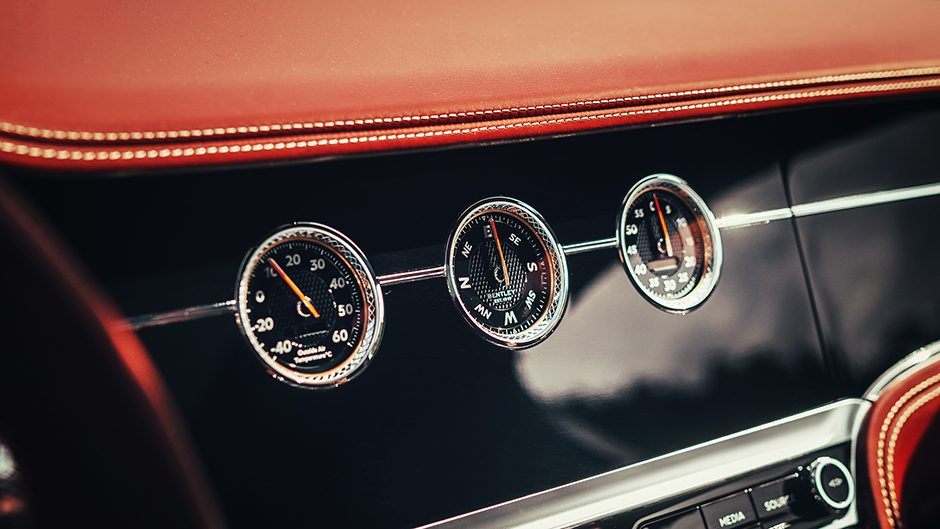
Pricing kicks off from $395,000 but personalisation options will have the final bill starting with a four. So yes, this really is that rather rare split personality beast, a luxury sedan one minute, and a GT the next, as promised.
You’re getting something that’s an oasis of calm in the madding world, morphing unexpectedly into a worthy warrior when the roads open up. Like we said, 10 years ago this kind of contrivance was unheard of, but modern technology well applied makes it possible nowadays.
Other models are sure to follow, a V8 likely, and you can expect hybrid electrified versions of all Bentley models soon, beginning with Bentayga. From 2025, Bentley will release its first all-electric offering. Exciting times ahead then from the Crewe team.


